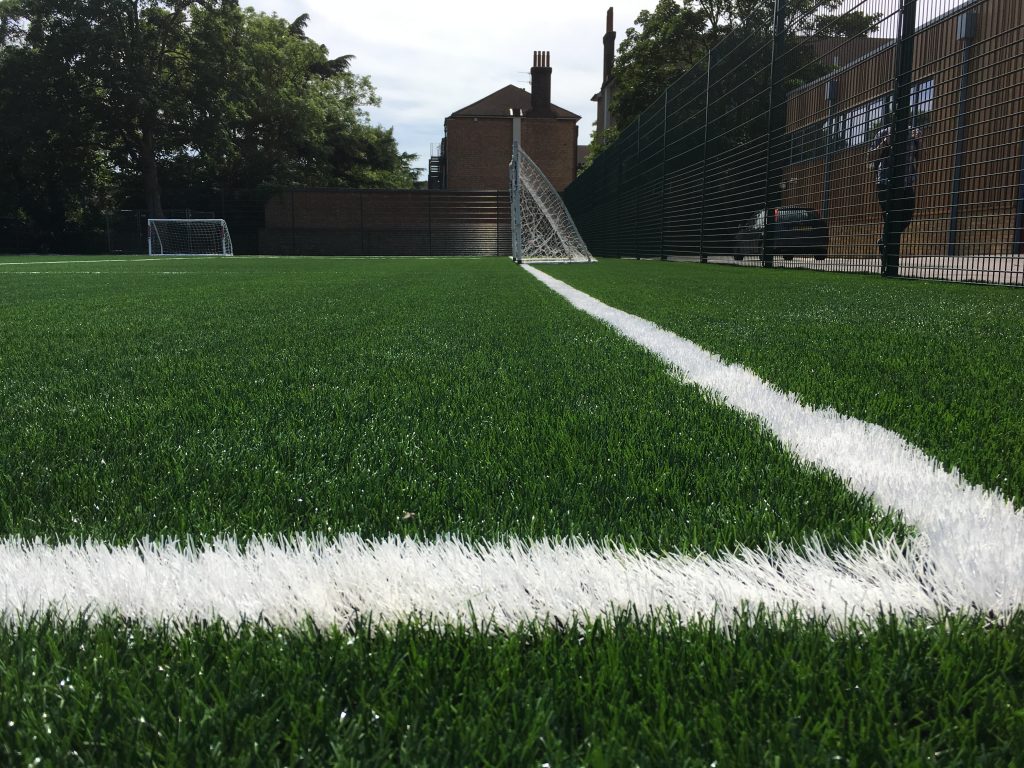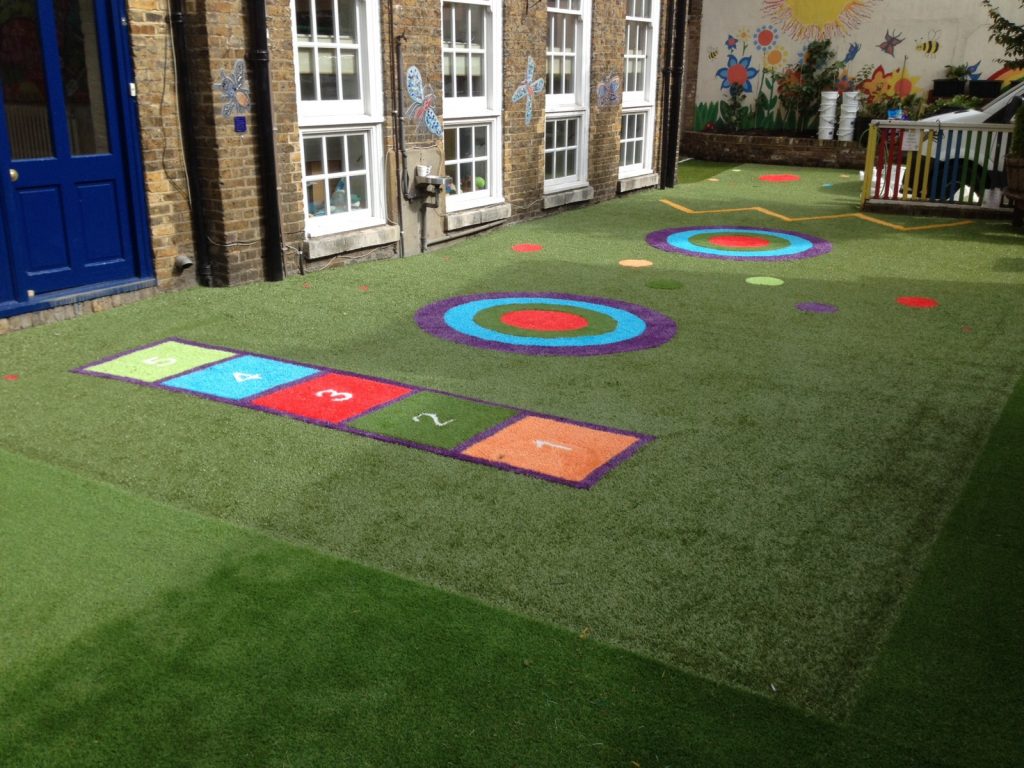Artificial Grass in a School’s Strategic Estate Management
It is recommended that every school should have a plan for its Strategic Estate Management. This will help the school identify any potential issues within the school’s estate and then prioritise which works need to be completed first.
Before you start assessing which areas of the school need developing, you need to initially define the schools Educational Vision. This will then lead to the school’s Estate Vision. For example, if the school sees itself as a sports specialist school, it will obviously need to prioritise the maintenance of facilities such as football pitches and gyms. If the school defines its speciality as SEN then it will need to ensure it prioritises disabled access or any specific and unique features.
Once you’ve decided on what the school educational and estate vision should be, you can start working on the estate management plan. This plan should consist of 3 stages;
- Condition
- Sufficiency
- Suitability
Condition
What is the condition of your facilities? There are a large number of areas of the school that you can take into consideration here. Everything from roofing to heating systems, and from electricals to the library. One important area to assess the condition of is the playgrounds. After a few years of wear and tear, tarmac can start to fret creating thousands of tiny stones that make the playgrounds slippery and unsafe.
Not only is artificial grass a non-slip surface, but it can essentially act as a protective layer, preventing these stones from affecting the children’s play. In addition, a protective underlay called a Shockpad can be installed underneath the artificial grass, making the area even safer.
Sufficiency
The Department of Education publishes Area Guidelines which can help you determine if the space you have for a particular area within a school is sufficient or not.
If you have a Multi-Use Games Area and you have determined that you have excess space and the MUGA isn’t being used to its full capacity, you could consider hiring out the pitch to local sports teams and domestic users. This could generate extra revenue for the School.

If you’ve determined that the current facilities aren’t sufficient you should consider expanding. Nomow has been working with schools for nearly 20 years and we have the expertise to help you secure funding for an expansion project.
Suitability
Are your facilities and classrooms suitable for their purpose? If you have a synthetic sports pitch, do you mainly play football on it when it was designed for hockey? Does your playground provide an outdoor learning experience for children or is it just an open space?

Estate Development Plan
Once you have defined the condition, sufficiency and suitability of your facilities you will then be in a position to start prioritising work.
It’s important to define these elements first so as to avoid undoing work that you later decided wasn’t as important as something else. Obviously, it’s essential that you don’t waste time and resources and these plans will ensure you prevent this from happening.
Prioritising
You need to prioritise certain aspects of your Estate Development Plan over others as it is unlikely you will be able to achieve all your goals in one go. Below is a list of considerations to help you prioritise. To what degree do your facilities impact/comply with the below?
- Statutory compliance
- Health and Safety
- Teaching and Learning
- Operations
- Likelihood of failure
- Consequential impact of a failure
- Available funding resources
Artificial Grass can improve Health and Safety in the school, contribute towards student learning and it can increase the lifespan of the surfaces of play areas and sports pitches.
If you would like more information about how Artificial Grass can help your school and how it can fit into your Strategic Estates Development and Estate Management Plan, Call Nomow on 0800 587 0380.

